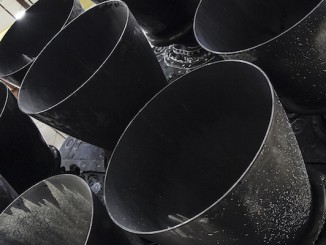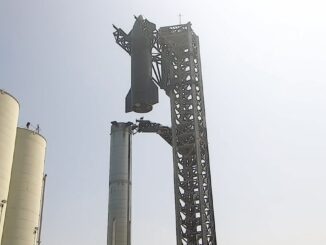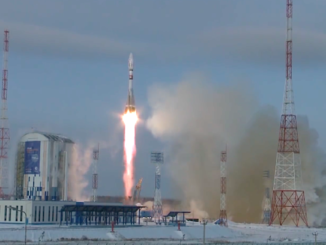STORY WRITTEN FOR CBS NEWS & USED WITH PERMISSION
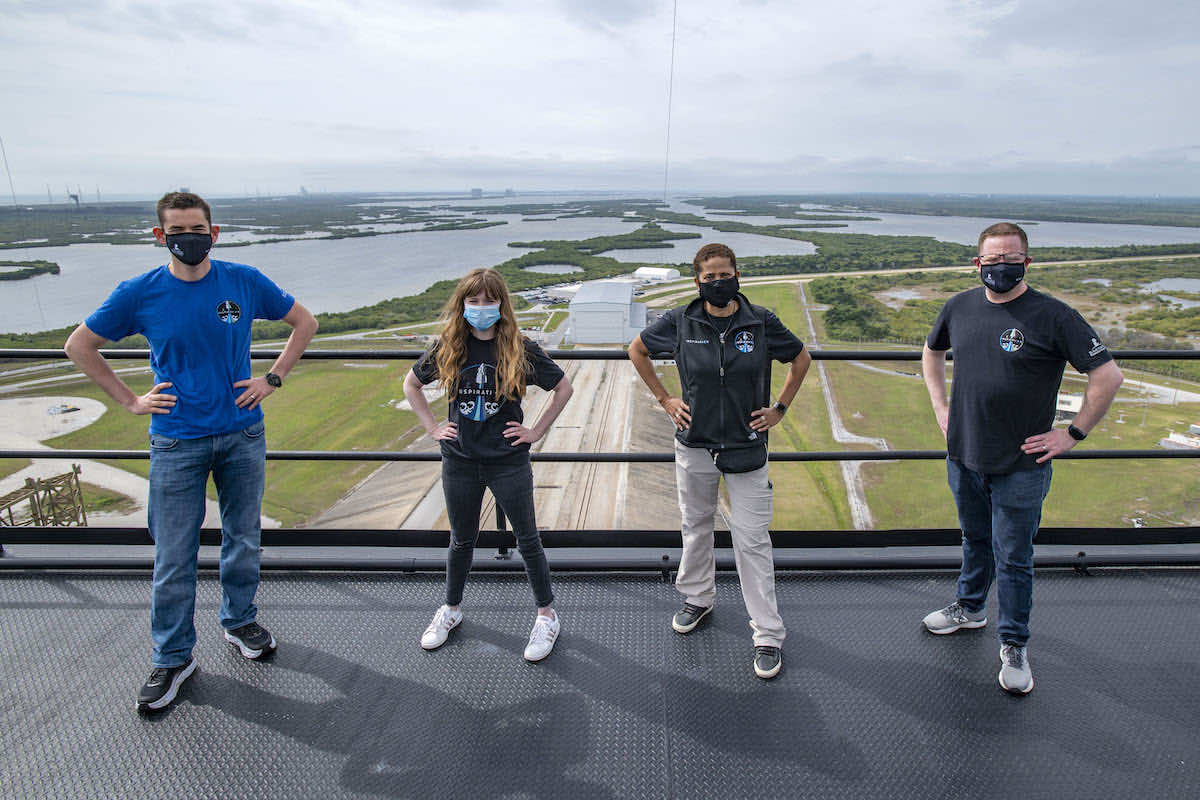
The billionaire financing the SpaceX flight that will carry the first non-professional “everyday people” into orbit in September, announced the final two members of his four-person crew Tuesday, adding an artist-educator and an aerospace worker selected in a charity-themed competition.
Jared Isaacman, who is chartering the “Inspiration4” flight in part to raise money for St. Jude Children’s Research Hospital, said Sian Proctor, a private pilot who holds a master’s degree in geology and a doctorate in science education, will serve as his co-pilot while Chris Sembroski, a Seattle-based engineer, will serve as a mission specialist.
They will join Isaacman, a veteran jet pilot who will serve as mission commander, and Hayley Arceneaux, a 29-year-old physician’s assistant at St. Jude where she was successfully treated for bone cancer when she was 10 years old. She will become the youngest American to fly in space.
“I believe that history will record Inspiration4 as a pivotal moment in space exploration, as another important step towards humanity’s next great rendezvous with destiny out in space,” Isaacman said during a news conference with his crewmates at the base of historic pad 39A at the Kennedy Space Center.
“We promised a crew representing some of the best of humanitarian qualities exemplifying our mission ideals of leadership, hope, prosperity and generosity. And I’m pleased to report that we’ve accomplished that goal.”
Proctor, 51, said she was rocked by “shock and awe” when informed she had been selected to fly based on her use of Isaacman’s Shift4 Payments software to market her artwork.
“It’s that life-changing ‘yes’ moment, something that I have wanted my entire life,” said Proctor, a one-time NASA astronaut finalist. “I’m so thankful and so happy to be here. I feel so fortunate that I’m going to space with these people around me.”
Likewise, Sembroski, a 41-year-old who was given his seat by an unidentified friend who won a competition to raise money for St. Jude, said he was dumbstruck to find he had been gifted a ride to orbit.
“It’s still so surreal,” he said. “Having this opportunity with these guys to share that moment of inspiration with the world, to share that generosity that has been afforded to me and bring that message to everybody else, I really can’t describe it any better than just, wow!”
SpaceX is targeting a no-earlier-than Sept. 15 launch date, fitting the mission in between NASA ferry flights to the space station and a busy commercial manifest. It will be the first all-civilian, non-government orbital space flight.
“I think that should send a message of all the things to come, right? Someday in the future, 50, a hundred years from now, you’re going to have a lunar base, you’re going to probably have some sort of a Martian colony,” Isaacman said. “But you have to start somewhere.
“And I think when this mission is complete, people are going to look at it and say it was the first time everyday people could go to space. And that’s important.”
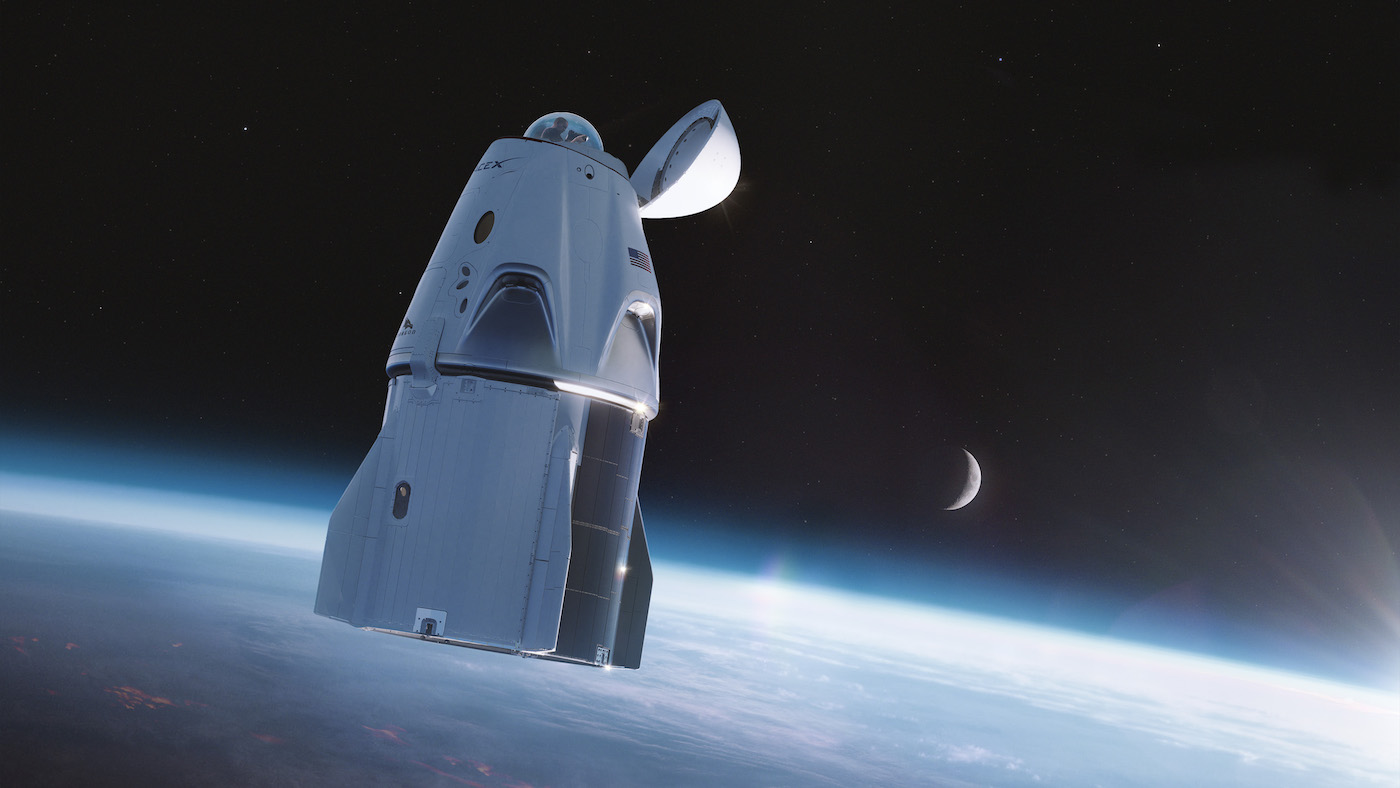
Benji Reed, who manages SpaceX’s piloted missions, said the company plans to use a previously flown Falcon 9 first stage booster and the same Crew Dragon capsule — “Resilience” — that carried four NASA astronauts to the International Space Station last November. The spacecraft is scheduled to bring its NASA crew back to Earth on April 28,
Reed said the vehicle will be thoroughly inspected and refurbished for the Inspiration4 flight and equipped with a dome-like bay window in place of the docking adapter and hatch normally in place for a link up with the space station. The result will be an unobstructed, hemispheric view of the Earth below and stars above.
“It’s the coolest thing ever,” said Reed. “We’ve done all the engineering work … to ensure everything’s safe, and that it doesn’t preclude any use of this spacecraft for other missions.”
Isaacman and his crewmates will follow the same general trajectory used by station-bound crews, launching into an orbit tilted 51.6 degrees to the equator. That will allow SpaceX to use the same procedures already in place for NASA missions in case of an emergency abort.
NASA relies on extensive Air Force support for Crew Dragon space station flights in case of a malfunction that might trigger and automated abort and an emergency descent to splashdown anywhere along a trajectory stretching from Cape Canaveral to the north Atlantic Ocean.
What sort of crew recovery assets are in place for a purely commercial launch has not yet been discussed in any detail.
In any case, unlike NASA Crew Dragon missions, the Inspiration4 fliers will not be visiting the space station. Instead, they will launch into a 335-mile high orbit, 70 miles or so higher than the station’s, and simply circle the planet for three days, enjoying spectacular high-altitude views of Earth before returning to an Atlantic Ocean splashdown.
As for crew training, Isaacman said he and his team will undergo an intense period of centrifuge work to familiarize them with the effects of the forces, or accelerations, they could experience in flight, and receive detailed emergency training, technical reviews and even basic courses in orbital mechanics.
All in all, he said, the Inspiration4 crew will be well prepared for the first all-civilian orbital space flight.
“We’re not cutting any corners here on this one,” Isaacman said. “We’re not taking any shortcuts with any of the training that’s going along with this. … I fully expect at the time of launch that we’ll all be like fully capable and ready to execute on the mission as commercial astronauts.”
Added Reed: “Flying this crew safely is our is our number one goal, and bringing them home safely.”
“We’ll give them all the training that they need in order to enjoy themselves and get the most out of the mission, as well as fly safely and take care of any emergencies if they were to arise.”

